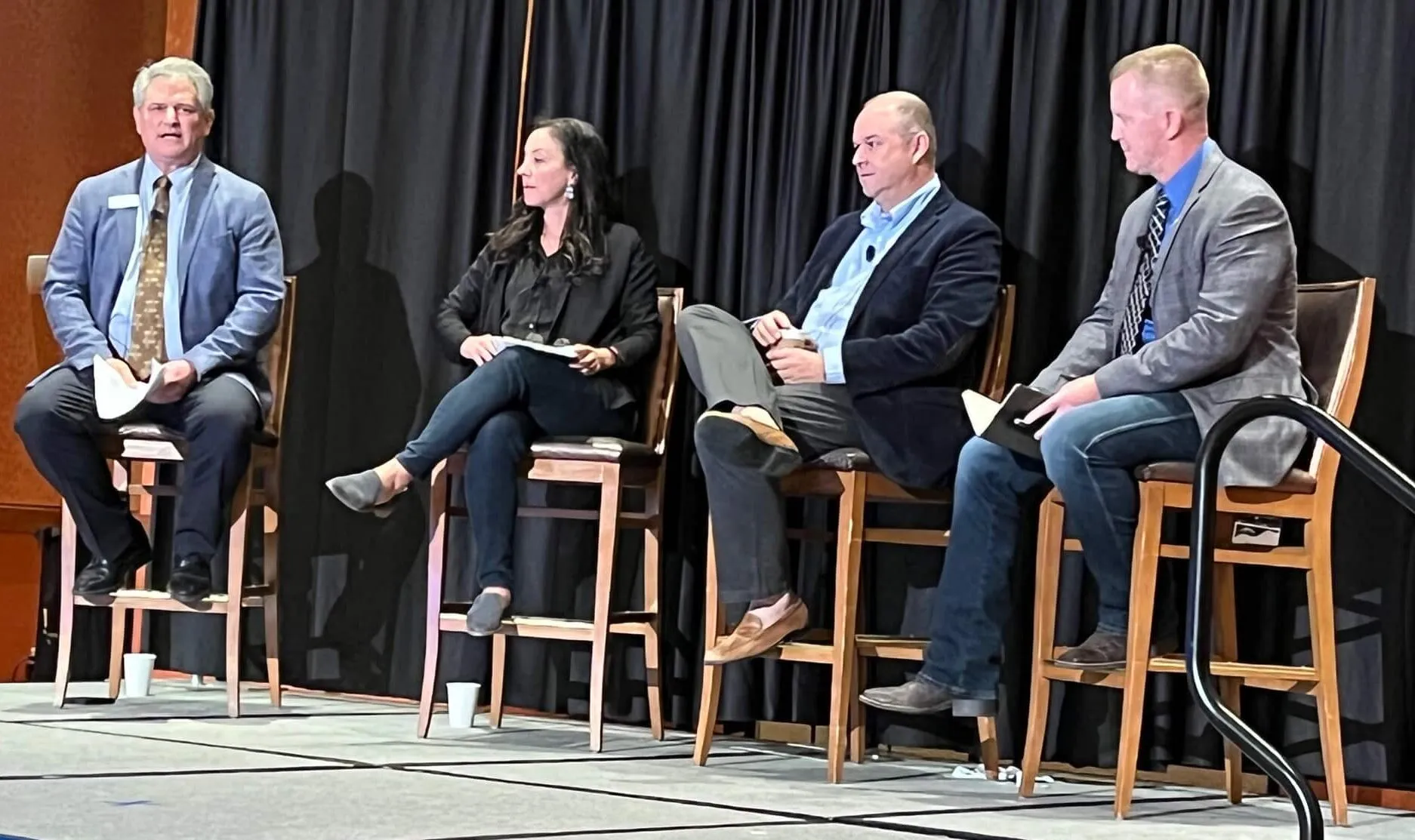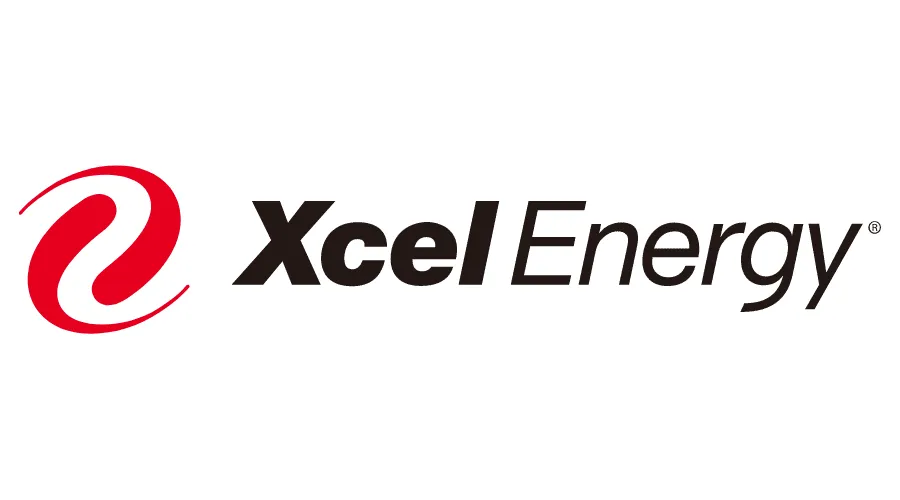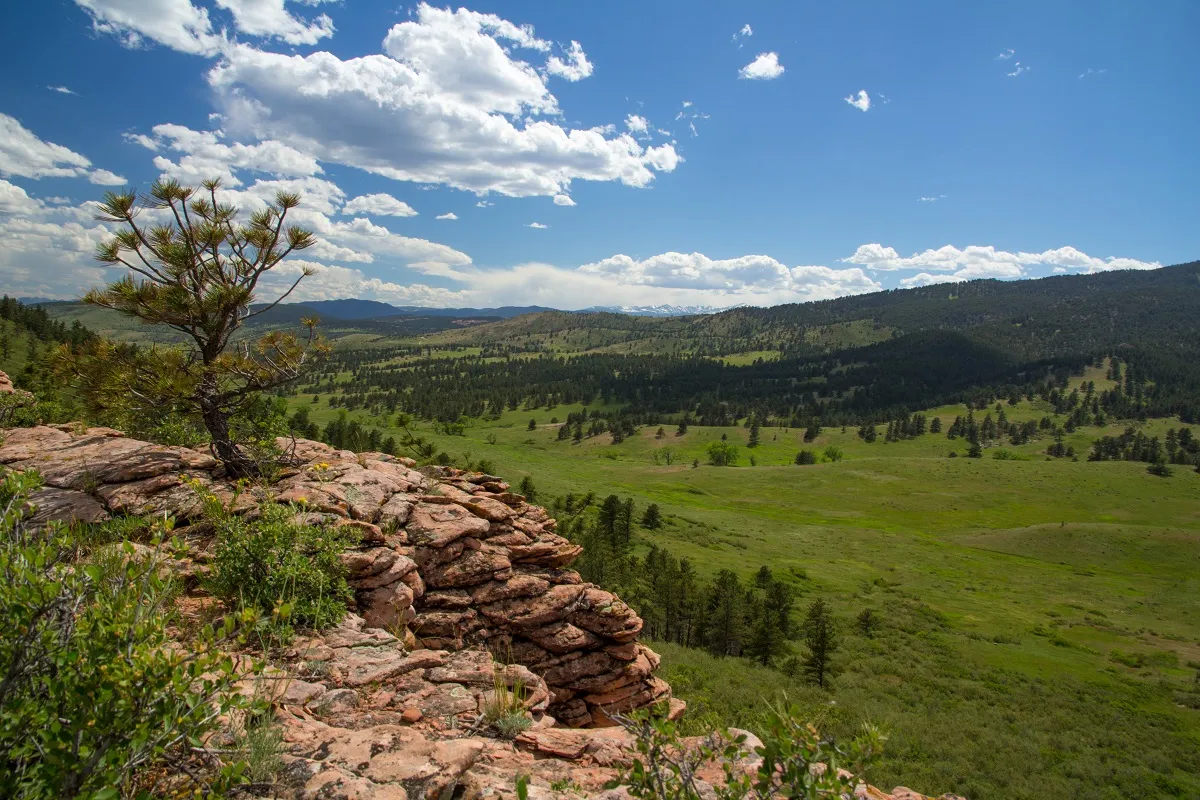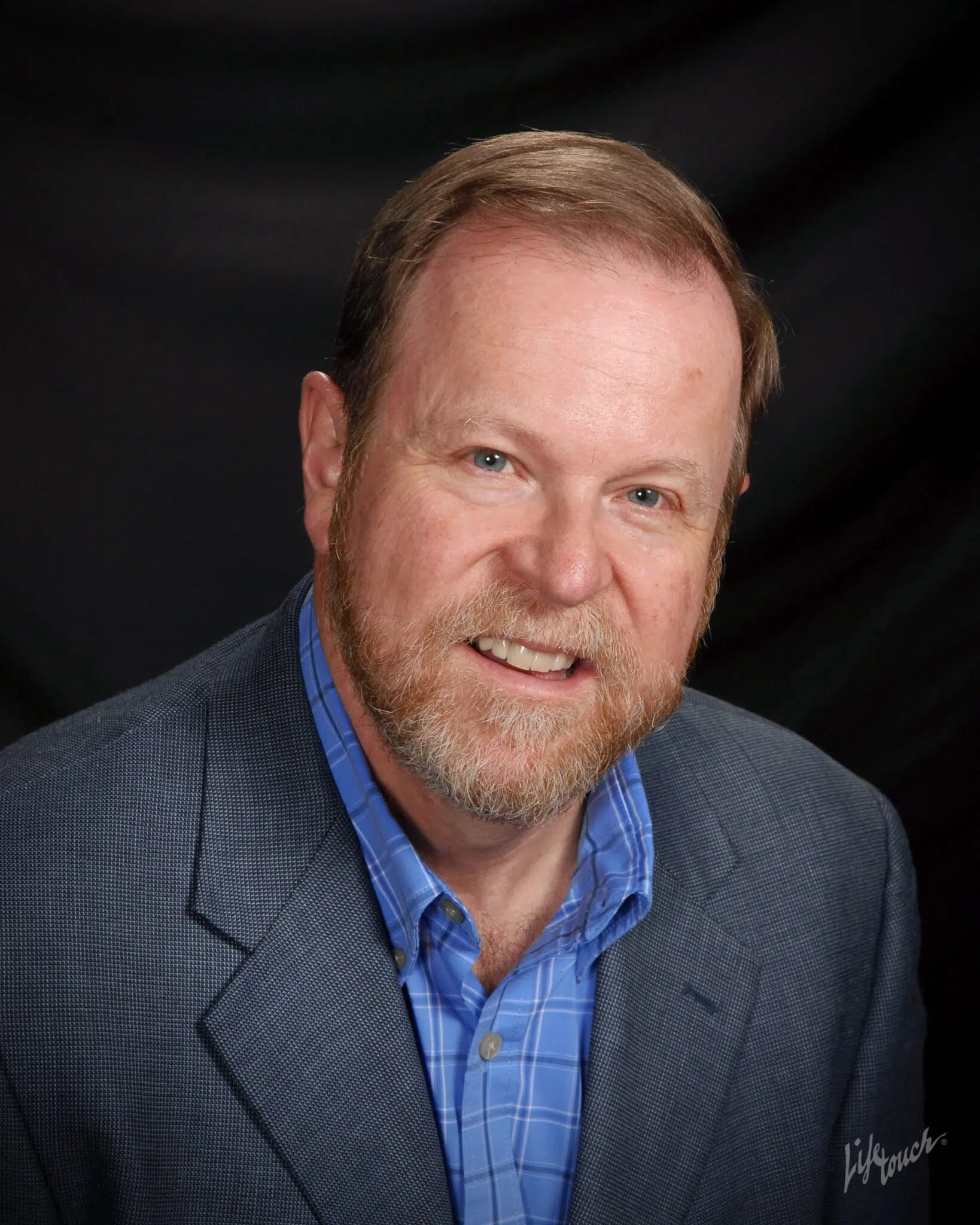Water commissioners want equity in Colorado River usage dispute

LOVELAND — Those working in the Upper Basin of the Colorado River to break the impasse over future allocations of the river want to accomplish a few select things:
They want the upper and lower basins to be treated equitably.
They want acknowledgment that the majority of the usage problem is occurring in the lower basin states of California, Arizona and Nevada.
They want to preserve the economic vitality of the upper basin states of Colorado, Utah, Wyoming and New Mexico.
Using an airplane analogy, Becky Mitchell, Colorado’s commissioner on the Upper Colorado River Commission, said, “You need to put the oxygen mask on…
THIS ARTICLE IS FOR SUBSCRIBERS ONLY
Continue reading for less than $3 per week!
Get a month of award-winning local business news, trends and insights
Access award-winning content today!





